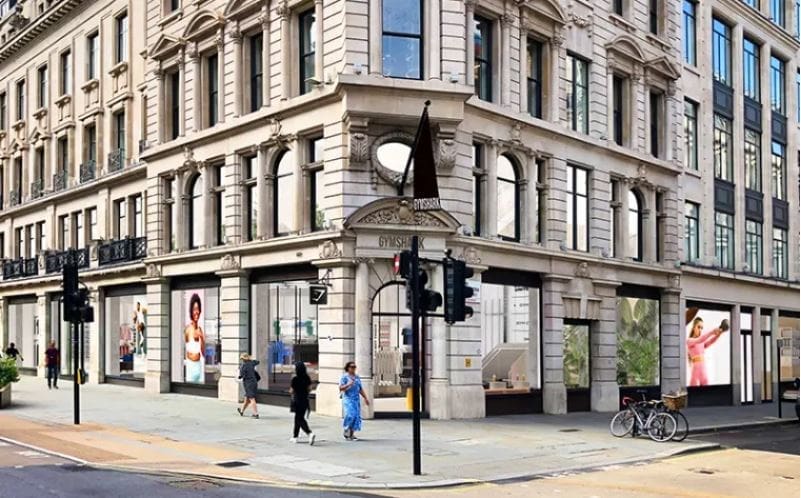The beginning of a new year is supposed to be a time filled with hope and optimism, when ideas and plans of what one wants to achieve for the coming 12 months are put into place. For high street retailers, and indeed their employees, there is no such luck. The first three weeks of 2013 have been unforgiving, as long established national retailers such as Jessops, HMV and Blockbuster have thrown in the towel and called in the administrators.
_So what went wrong? _
Analysts and the media frequently cite the internet as reason why once market leading institutions like HMV have gone under. There can be no denying that the internet has fundamentally impacted the traditional bricks and mortar retail model as consumers no longer have to go to physical outlet within a set time to purchase the goods and services they need and want, as companies like Amazon and eBay facilitate transactions at the consumer’s convenience, and often at a significantly cheaper price. Indeed, in RoI [KPMG’s Consumers and Convergence Ireland 2012][1] report notes that 10% of consumers have even used mobile devices, such as smartphones to make a purchase.
_Changing consumer behaviour and the future of the high street_
The aforementioned change in consumer behaviour has resulted in consumers perusing high street shops and touching, feeling and ‘trying on’ the physical product before heading home to search online for their desired purchase at a cheaper price, or consulting their mobile devices in-store for a similar reason.
In essence, high street stores will become little more than showrooms for consumers to try before they buy. And with personal finances so strained and the price differential so big, who can blame consumers?
The clothes retailer Abercrombie and Fitch offers a good example of this in practice. The US retailer’s strategy for the UK focuses on a flagship store in London (that does take sales), with its full-commerce website, supported by a strong distribution network, generating sales from the rest of the UK.
Going forward retailers would be well served to embrace such a ‘clicks and bricks’ strategy, placing greater emphasis on online and mobile platforms as sales channels and having fewer, but strategically placed physical or ‘showroom’ stores if they are to survive and thrive in the rapidly changing retail landscape.
[1]: https://www.kpmg.com/IE/en/IssuesAndInsights/ArticlesPublications/Documents/TMT/Media/ConsumersConvergence6.pdf








































